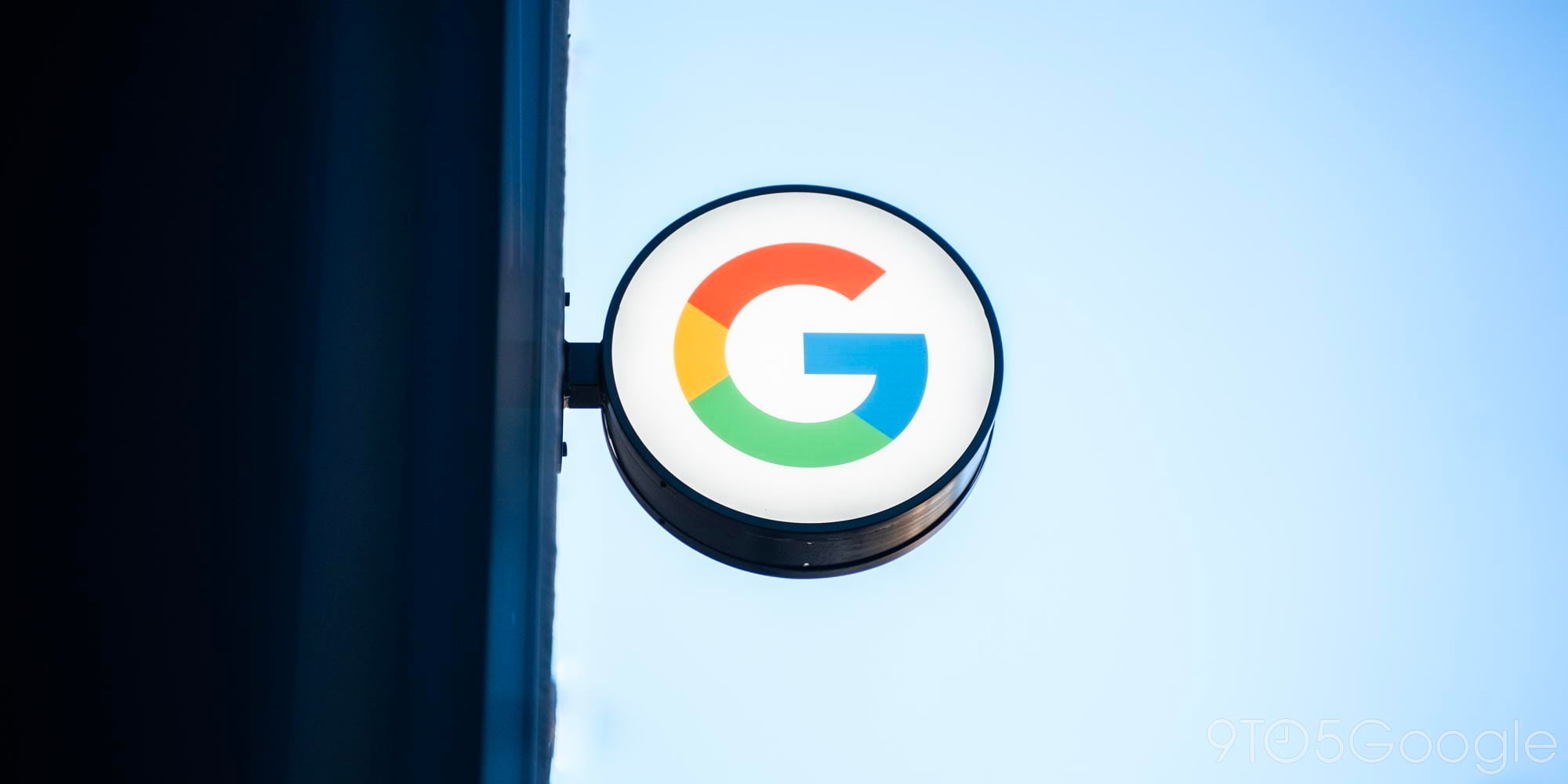
Earlier this month, Fuchsia gained its first official screenshot tool! No more looking ridiculous by taking a photo of a screen. With this change, I figure now is the perfect time to give a closer look at some first impressions of Fuchsia’s user experience.
The first thing you’ll notice about Fuchsia is that it’s fast. With a stopwatch, I timed how long it takes to boot on the Pixelbook — 4.7 seconds! I’m impressed every time, and hope that this speed remains a trait of Fuchsia going forward.
Update 12/26: Unfortunately, none of the screenshots below are accurate anymore, as the main UI of Fuchsia, Armadillo, has been removed.
Once started, you’re greeted by the login screen, which features a gorgeous background and a little Fuchsia logo that complements the background. In the opposite corner, you’ll see a button that offers WiFi and Login options. Should you not want to login, there is also a Guest option that puts you in something of an anonymous session. If you’ve already logged in once before, the profile image of your account will also be displayed.
When you choose Login, you’re immediately presented with a long list of time zones to choose from to be associated with your account. Next, you’re prompted to log in to your Google Account. Once authenticated, Fuchsia then requests permission to access the different aspects of your account. With that out of the way, you’re in! Suddenly you’re looking at the gorgeously Material home screen, with its integrated Search bar.
- Tapping on your profile photo opens up a Quick Settings menu.
To open a new Story (Stories are a new concept to Fuchsia), just search for an app you want to open. The app opens in a Card (again, Material) that goes almost fullscreen, with a title at the top, and a navigation button at the bottom. Tapping on this button brings you back to Home and Recent Stories, which is one combined view.
Sliding up on the button instead brings up just the Search and Suggestions view. The ability to quickly see this view is related to the Maxwell system, Fuchsia’s unique way of being ‘intelligent.’ In the future, this view will contain contextual suggestions, like a music artist suggestion example we discussed a few months ago.
Overall, the experience has really smoothed out in the last few months, and really feels fluid. Now all of this refinement is cool, but if you’re like me, you may be asking “If Fuchsia is likely still some years away from release, why is Google putting effort into the initial setup?”
I partially accredit this to Google constantly hiring more developers onto the project. Lately, there have been a variety of developers publishing their first code changes, like this test commit from a previous YouTube engineer.
There’s also been some mentions in recent change comments about a “codelab” and an associated time crunch on the team, with one developer humorously calling this phase “codelab heck.” A codelab, as explained in an unrelated discussion on Fuchsia’s IRC chat, is usually “to test tutorials/documentation/materials we intend to release to the public.” Some of these codelabs are even made directly available to the public, especially at events like Google I/O.
With this codelab still being under development, I sincerely doubt that Fuchsia will have any presence at I/O 2018. Instead, I believe that this codelab will be used to help onboard new Fuchsia Team members and familiarize other Googlers with the upcoming OS.
If I had to take a wild guess at the current strategy, they likely want a strong selection of first-party content and tutorials before driving for third-party development no sooner than I/O 2019. This is just speculation, though. One thing you can be sure of is that the 9to5Google team will be watching as the Fuchsia developer roster grows and will be here to report any major growth or unexpected new members.
And remember, if you have any questions about how Fuchsia will work, reach out in the comments or on Twitter. You may find your answers in a future article!
Fuchsia Friday is a weekly series where we dive into the Fuchsia source code and interpret what the current state of the OS might mean for the finished product. All information in this article is speculation based on available information and is subject to change.
Read more in our Fuchsia Friday series:
- Fuchsia Friday: The Four Layers of Fuchsia
- Fuchsia Friday: Maxwell and the secret ‘agents’ of Fuchsia
- Fuchsia Friday: Graphics, Gaming, and VR (Oh my!)
- Fuchsia Friday: The dream team behind Google’s new OS
- Fuchsia Friday: Early thoughts on how Android compatibility could potentially happen
Check out 9to5Google on YouTube for more news:
FTC: We use income earning auto affiliate links. More.






Comments